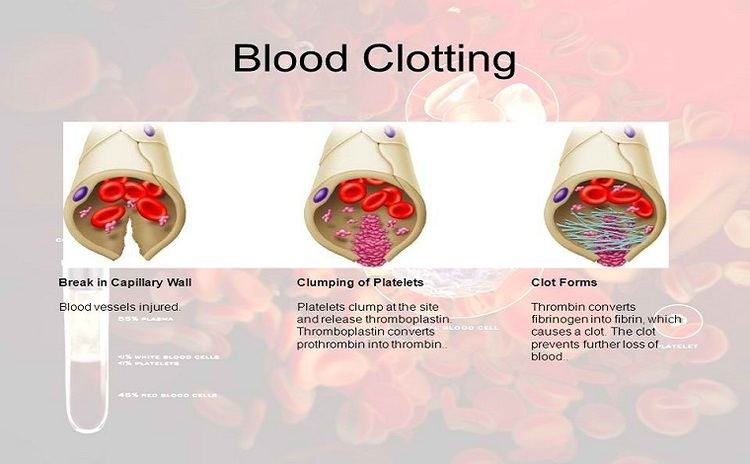 | ||
52 prothrombin time pt partial thromboplastin time ptt international normalized ratio inr
Thromboplastin (TPL) is a plasma protein aiding blood coagulation through catalyzing the conversion of prothrombin to thrombin. It is a complex enzyme that is found in brain, lung, and other tissues and especially in blood platelets and that functions in the conversion of prothrombin to thrombin in the clotting of blood—called also thrombokinase.
Contents
- 52 prothrombin time pt partial thromboplastin time ptt international normalized ratio inr
- Activated partial thromboplastin time nursing considerations normal range nursing care
- References
Although sometimes used as a synonym for the protein tissue factor (with its official name "Coagulation factor III [thromboplastin, tissue factor]"), this is a misconception. Historically, thromboplastin was a lab reagent, usually derived from placental sources, used to assay prothrombin times (PT time). Thromboplastin, by itself, could activate the extrinsic coagulation pathway. When manipulated in the laboratory, a derivative could be created called partial thromboplastin. Partial thromboplastin was used to measure the intrinsic pathway. This test is called the aPTT, or activated partial thromboplastin time. It was not until much later that the subcomponents of thromboplastin and partial thromboplastin were identified. Thromboplastin is the combination of both phospholipids and tissue factor, both of which are needed in the activation of the extrinsic pathway. However, partial thromboplastin is just phospholipids, and not tissue factor.
Currently, recombinant tissue factor is not available and used in some PT assays. Placental derivatives are still available and are used in some laboratories. Phospholipid is available as an independent reagent or in combination with tissue factor as thromboplastin. Complete thromboplastin consists of tissue factor, phospholipids (since platelets were removed from blood sample being tested), and CaCl2 to reintroduce calcium ions which were chelated by sodium citrate originally used to prevent coagulation of the sample blood during transportation and/or storage.
